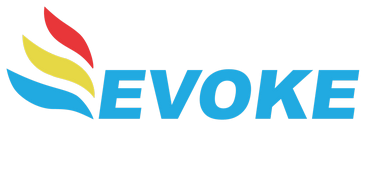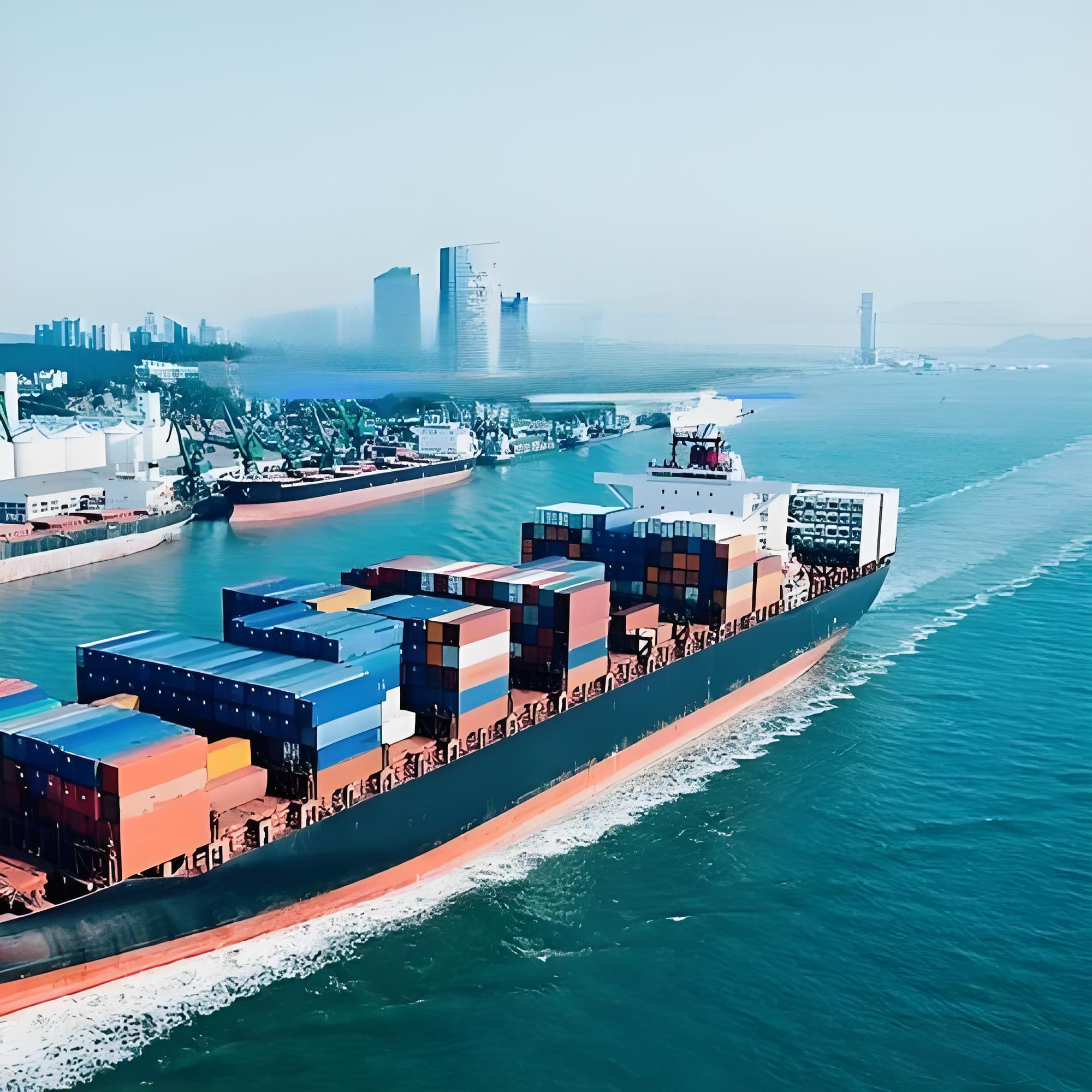I. Yangtze River Delta Region**
1. **Shanghai**
– **Products**: Automobiles, integrated circuits, machinery, chemical products
– **Role**: International shipping and financial hub, central export gateway for the Yangtze River Delta.
2. **Suzhou**
– **Products**: Electronic components, IT equipment (60% of global mouse production), biopharmaceuticals
– **Features**: Concentration of foreign enterprises; world’s largest laptop manufacturing base.
3. **Ningbo**
– **Products**: Household appliances (1/3 of China’s exports), textiles, petrochemicals
– **Advantage**: Supported by the Ningbo-Zhoushan Port (the world’s largest by cargo tonnage).
—
### **II. Pearl River Delta Region**
1. **Shenzhen**
– **Products**: Consumer electronics (Huawei, DJI), 5G equipment, drones
– **Data**: Exports totaled ¥2.3 trillion in 2022, accounting for 8.3% of China’s total.
2. **Dongguan**
– **Products**: Smartphones (1/5 of global output), footwear, furniture
– **Reputation**: “World Factory”; headquarters of OPPO and Vivo.
3. **Foshan**
– **Products**: Home appliances (Midea, Galanz), building materials (60% of China’s ceramic exports)
– **Transformation**: Shifting from traditional manufacturing to smart production.
—
### **III. Bohai Rim Region**
1. **Qingdao**
– **Products**: Tires (China’s largest exporter), home appliances (Haier), textiles
– **Edge**: Strategic hub for China-Japan-South Korea trade; major port infrastructure.
2. **Tianjin**
– **Products**: Aerospace equipment (Airbus A320 assembly line), bicycles (40% of China’s exports)
– **Policy**: Benefits from China’s first northern free trade zone.
—
### **IV. Emerging Central & Western Hubs**
1. **Zhengzhou**
– **Products**: Smartphones (Foxconn’s iPhone production base, peak annual output: 150 million units)
– **Logistics**: Aviation zone enables “72-hour global delivery.”
2. **Chongqing**
– **Products**: Laptops (1/3 of global production), automobiles (Changan Auto)
– **Network**: Leading China-Europe freight train routes (YuXinOu).
3. **Xi’an**
– **Products**: Semiconductors (Samsung’s memory chip base), solar products
– **Strategy**: Core city for the Belt and Road Initiative.
—
### **V. Specialized Export Cities**
– **Yiwu**: Small commodities (2.1 million product types, exported to 219 countries)
– **Tangshan**: Steel (13% of China’s crude steel output; high-end plates exported to the EU)
– **Baotou**: Rare earth products (supplies 90% of global high-purity rare earths)
—
### **VI. Regional Industry Clusters**
– **Electronics**: Shenzhen-Dongguan-Huizhou corridor (Huawei/Foxconn supply chain) + Chengdu-Chongqing (laptops)
– **Textiles**: Shaoxing (chemical fibers), Quanzhou (sports shoes), Humen (women’s apparel)
– **E-commerce**: Hangzhou (Alibaba), Guangzhou Baiyun (cosmetics distribution)
—
### **Trends**
1. **Industry Relocation**: Labor-intensive industries relocating to Southeast Asian countries like Vietnam (17% increase in textile industry outward investment in 2022).
2. **Tech Upgrades**: New energy vehicles (Tesla in Shanghai, BYD in Xi’an) and solar power (Hefei’s Sungrow) driving growth.
3. **Policy Shifts**: Hainan Free Trade Port (slated for 2025) to become an offshore trade center.
—
This distribution reflects historical factors (e.g., reform-era policies), infrastructure (ports, rail networks), industrial clusters (e.g., Shenzhen’s Huaqiangbei electronics market), and government initiatives (free trade zones). Notably, central and western cities’ share of foreign trade rose from 7.3% in 2010 to 19.6% in 2022, reflecting regional development strategies.
—
Let me know if you need further refinements!
Related Products
None found


